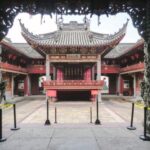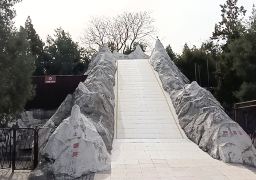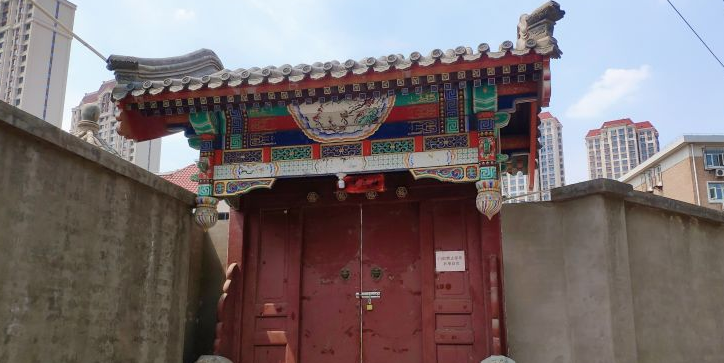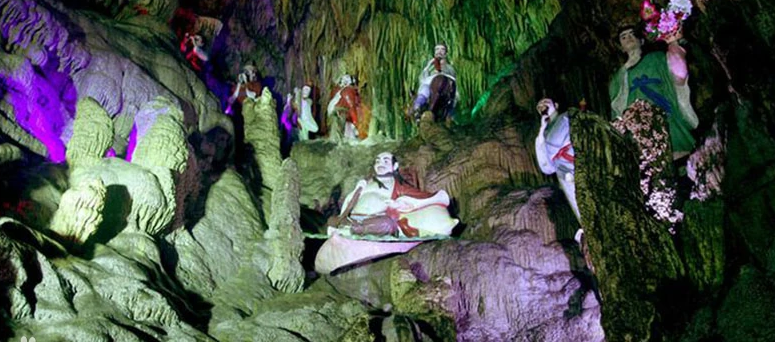The Jenn Lann Temple was built during the Yongzheng period. It is named Jenn Lann Temple because Mazu can calm the sea and bring tranquility. In 1934, a major earthquake occurred in Qingshui and Houli nearby, causing heavy casualties. However, the Dajia area remained unharmed. People are even more grateful for the protection of Mazu. In 1980, when people saw that the beams and columns of the temple hall were decaying, after discussion at the believers’ representative assembly, it was decided to demolish the old temple and rebuild a new palace on the original site. It took eight years to complete. The Jenn Lann Temple building has a front hall, a back hall, north and south halls, north and south chambers, bell and drum towers, etc. The building is filled with figure stories, flowers, birds, trees, birds and beasts. Whether it is wood carving or stone carving, everything is colorful and extremely exquisite. The area around the main hall shrine is even more resplendent and magnificent. The layers of decorations emit a magnificent and refined solemn atmosphere. Now, the items with historical value are the inscribed plaques of several emperors of the Qing Dynasty. For example, the ancient plaques of “Protecting the Country and the People” and “Protecting and Inspiring Spirits” from the Qianlong period, the ancient plaque of “Having the Same Merit as Heaven” bestowed by Emperor Guangxu, as well as “Sincerely Seek and Immediately Respond”, “Universal Benevolent Light”, “Dedicated and Unified in Merit”, etc. are all antiques preserved since the Qing Dynasty. The Jenn Lann Temple mainly worships Mazu, the Heavenly Queen. At the same time, it also enshrines the Holy Parents, Avalokitesvara Bodhisattva, Ksitigarbha Bodhisattva, the North and South Dipper Star Lords, Shennong Emperor, Wenchang Emperor, and twenty-eight constellations. These are well-known deities and sages with many believers. The date of the annual Dajia Mazu pilgrimage is not fixed. During the Lantern Festival of that year, the chairman of the management committee throws divination blocks to determine the date and time of the pilgrimage. During the entire nine days and eight nights of the pilgrimage, there are ten main ceremonies such as divination, raising the flag, praying for peace, boarding the sedan chair, setting off, stopping, praying for blessings, offering birthday wishes, returning, and taking a seat. Each ceremony is performed devoutly according to the established procedures, locations, and times. Friends who are interested in folk culture and Mazu worship can go to observe the ceremony and fully experience the local cultural customs.
The opening hours are from 3:00 to 22:30 all year round. Service facilities: Barrier-free service: Barrier-free entranceDajia Jenn Lann Temple
The Jenn Lann Temple was built during the Yongzheng period. It is named Jenn Lann Temple because Maz[...]









